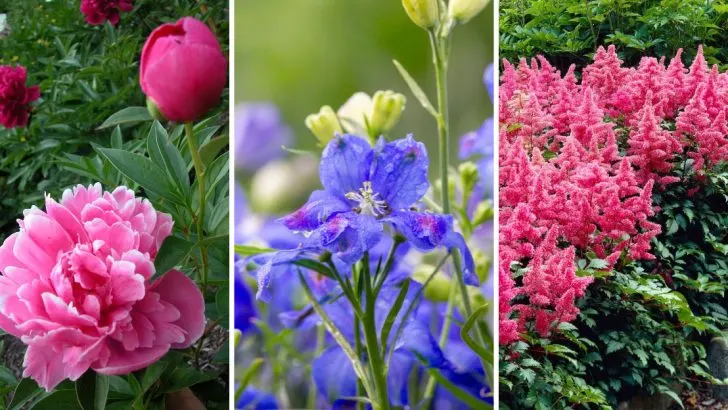Some plants just need more time. You plant them with high hopes, and by the end of the first year, you’re wondering if they’re ever going to do anything. Year two rolls around, and still—not much to write home about. But then comes year three, and suddenly it clicks. The roots are settled, the structure is strong, and the show finally begins.
These are the slow-build perennials—the ones that don’t rush but end up being the most reliable, full-bodied, and impressive plants in the garden. If you’ve ever lost patience with a perennial that seemed like a dud, there’s a good chance it was just on a longer timeline. Here are 14 plants that prove some things really are worth the wait.
Peony
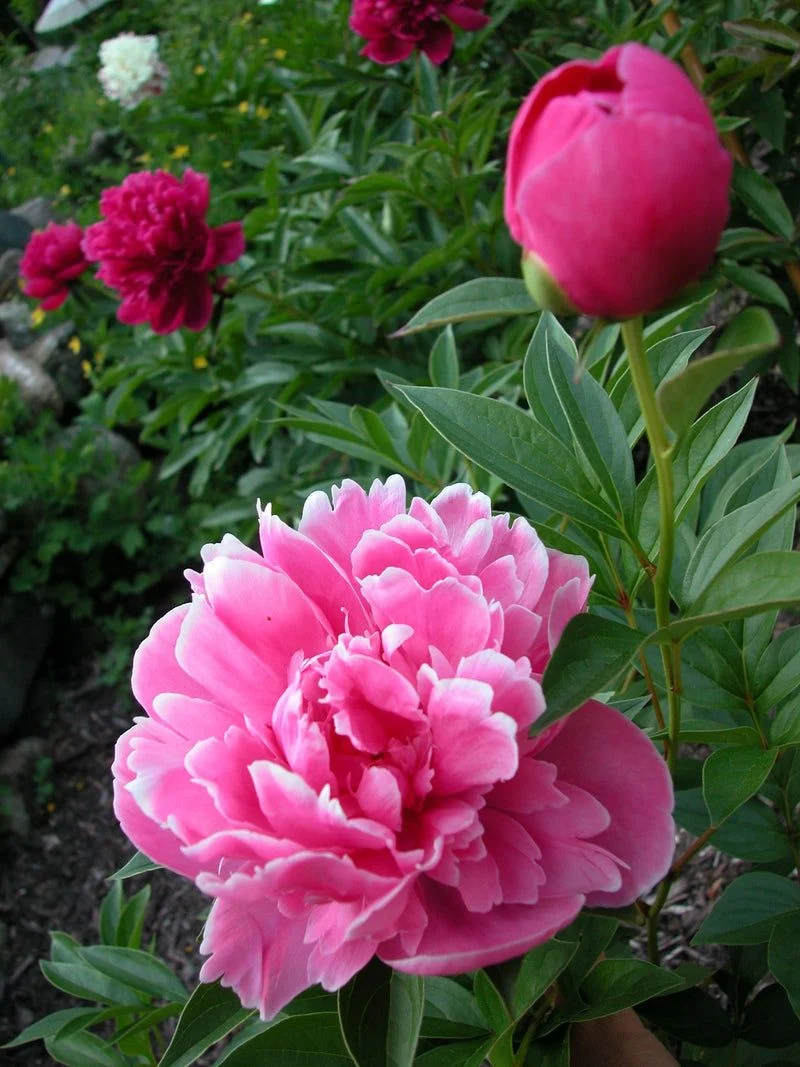
The peony is a star performer in the garden, but it demands time to unveil its full charm. Known for its spectacular blooms, the wait for these flowers is worthwhile. Initially, it may seem unassuming, but by the third year, it bursts forth with lush, colorful blossoms. Each bloom is a masterpiece, offering a stunning display lasting several weeks.
Peonies thrive best in well-drained soil under full sun. Their captivating fragrance and vibrant colors make them a favorite among gardeners. With minimal care, peonies can flourish for decades, rewarding your patience with grandeur and elegance.
Delphinium
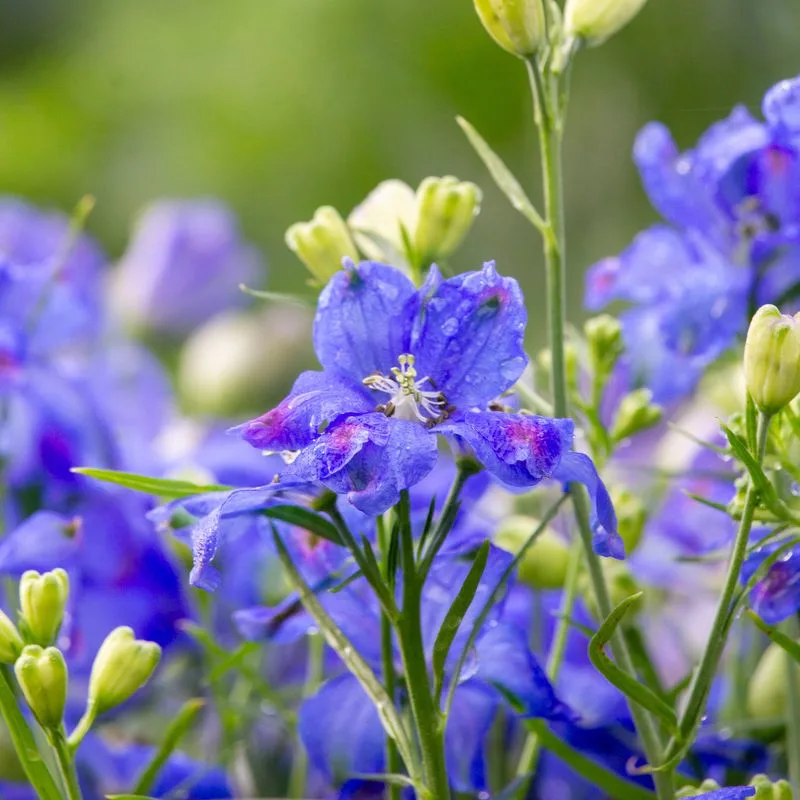
Delphiniums are known for their towering spikes of blue flowers, adding vertical interest to any garden. In the initial years, they may not impress, but by the third year, they stand tall and proud, transforming the garden into a breathtaking spectacle.
These perennials prefer cool climates and require staking to support their height. As they mature, delphiniums become more robust and less prone to disease. With their striking appearance and vibrant hues, they are a showstopper, offering beauty and elegance to garden enthusiasts.
Hosta

Hostas are celebrated for their lush foliage rather than flowers. In the first years, they might seem modest, but by year three, they develop into stunning, robust plants with leaves that vary in color and texture.
These shade-loving perennials are perfect for adding greenery to areas with limited sunlight. Hostas are low maintenance, making them ideal for beginner gardeners. As they mature, their leaves grow larger and more textured, creating a visual feast of green hues that enhance any garden landscape.
Astilbe
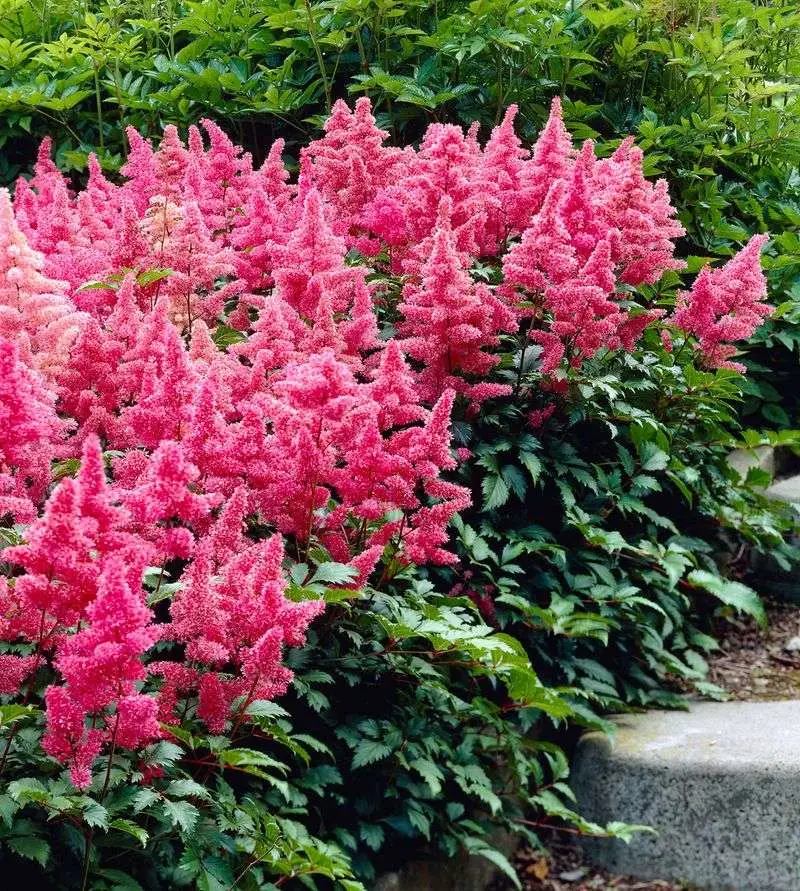
Astilbes captivate with their feathery plumes in shades of pink, red, and white. Initially, their appearance might be underwhelming, but with patience, they reveal a lush and colorful display by the third year.
These perennials thrive in moist, well-drained soil and partial shade. Astilbes are excellent for adding texture and color to shady garden corners. Their foliage remains attractive throughout the growing season, providing lasting beauty even after the flowers have faded. They are a perfect choice for gardeners seeking elegance and reliability.
Echinacea
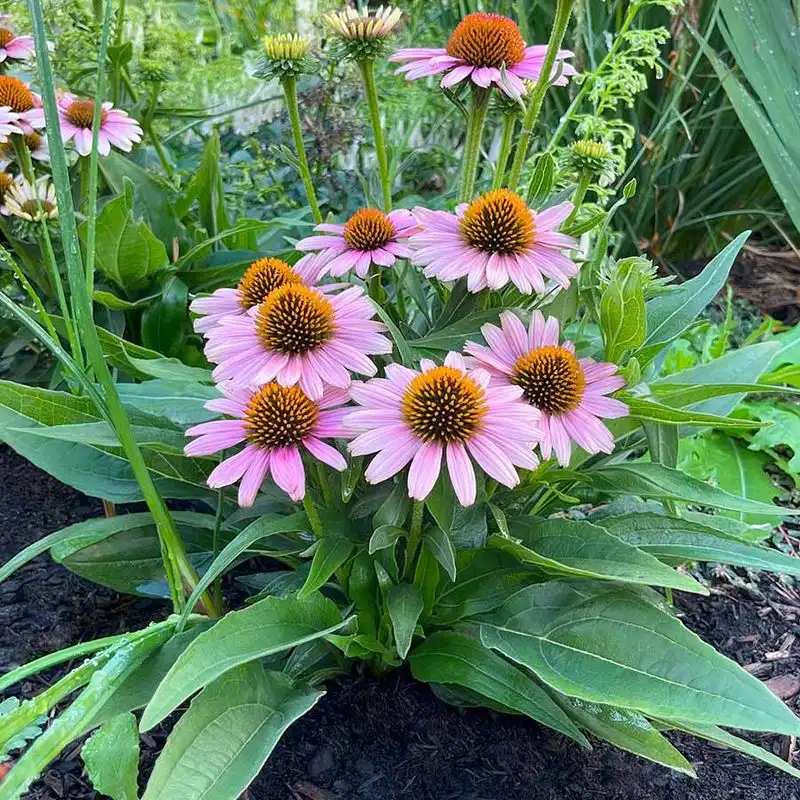
Echinacea, or coneflowers, are a staple in many gardens, valued for their resilience and vibrant blooms. While their first years may show promise, by the third year, they reach full bloom, attracting pollinators with their striking pink petals and cone-shaped centers.
These drought-tolerant perennials are perfect for sunny gardens. Echinacea is not only beautiful but also beneficial, as it supports local ecosystems by attracting bees and butterflies. Their robust nature and long flowering season make them a garden favorite, providing color and ecological value.
Bleeding Heart

The bleeding heart is a perennial known for its unique heart-shaped flowers. In the early years, it may struggle to capture attention, but by the third year, its graceful arching stems are adorned with charming blooms that captivate.
These plants prefer cool, shaded environments and moist soil. They add a touch of romance and whimsy to any garden setting. The bleeding heart’s delicate beauty and distinctive flowers make it a captivating addition, perfect for those who appreciate subtle elegance and a touch of the romantic in their landscapes.
Daylily

Daylilies are renowned for their resilient blooms, which open for just a day before being replaced by new ones. Initially, their impact might be minimal, but by the third year, they offer a profusion of colorful flowers that lasts throughout the summer.
These perennials are incredibly hardy and adaptable, thriving in a range of soil types and light conditions. Daylilies require minimal care, making them a favorite among busy gardeners. Their ability to multiply and spread ensures a vibrant display that enhances garden beauty for years.
Lupine

Lupines are prized for their tall, spiky blooms and variety of colors. In the beginning, they may seem sparse, but by the third year, they blanket the garden with vibrant hues, creating a stunning visual spectacle.
These perennials thrive in well-drained, slightly acidic soil and full sun. Lupines are perfect for naturalistic or meadow-style gardens. Their nitrogen-fixing ability benefits the soil, making them not just beautiful but also environmentally friendly. The bold colors and striking form of lupines make them a garden standout.
Hellebore
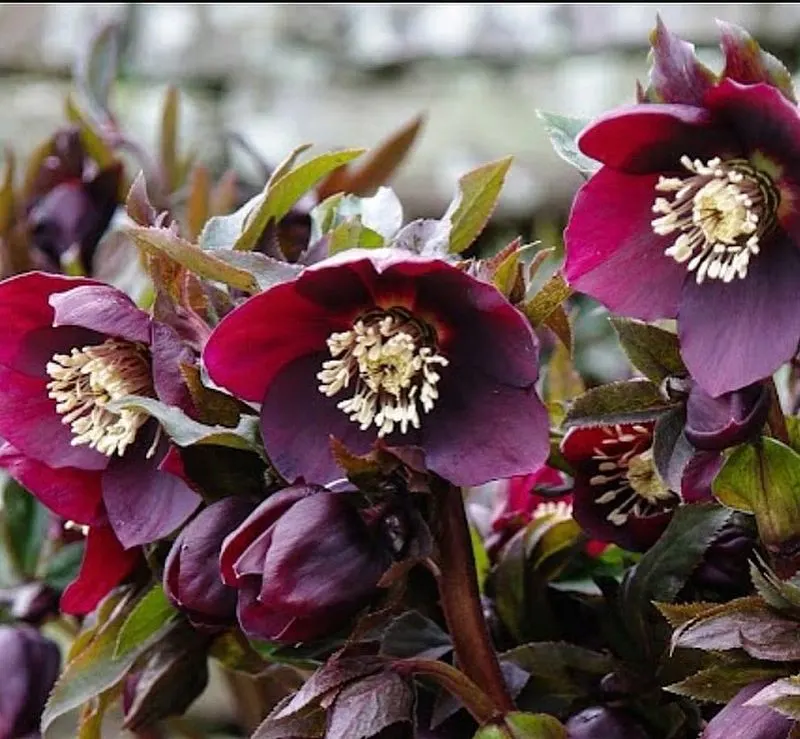
Hellebores, often called winter roses, bloom when most other plants are dormant. Initially understated, by their third year, they become a highlight of the winter garden with their delicate, nodding flowers.
These perennials prefer shady conditions and well-drained soil. Hellebores offer gardeners an early bloom, signaling the promise of spring. Their evergreen foliage adds year-round interest, and their ability to bloom in cold weather makes them invaluable for injecting color into the winter landscape.
Coneflower

Coneflowers are resilient and adored for their daisy-like flowers. They may take time to establish, but by their third year, they offer a robust display of blooms that attract a myriad of pollinators.
These hardy perennials thrive in sunny spots and tolerate drought well. Coneflowers not only add beauty but also support local wildlife, making them a sustainable choice for eco-conscious gardeners. Their long blooming period and vibrant colors ensure they remain a garden favorite year after year.
Russian Sage
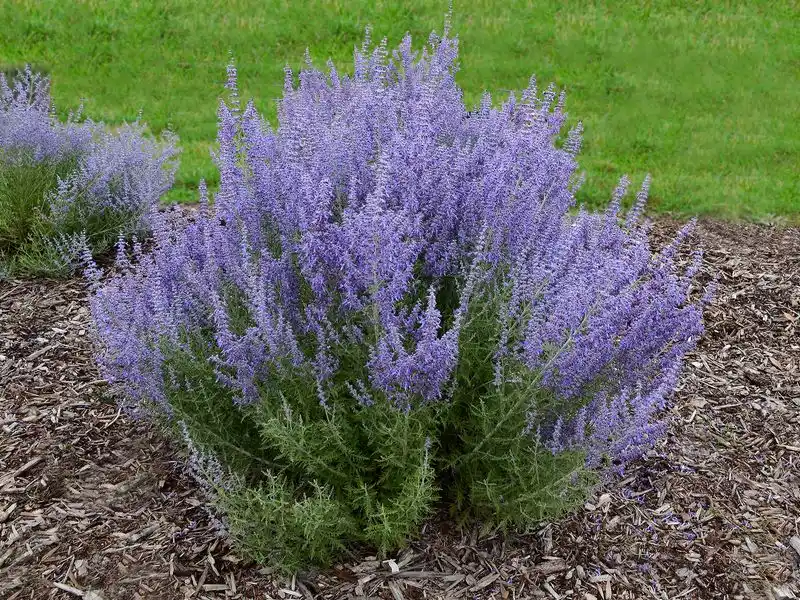
Russian sage is valued for its aromatic foliage and lavender-blue flowers. Initially modest, by the third year, it becomes a garden staple, offering a striking contrast with its airy, spiky blooms.
These perennials thrive in sunny, dry conditions and are drought-tolerant, making them ideal for low-maintenance gardens. Russian sage’s ability to attract pollinators while requiring minimal care makes it a practical yet beautiful addition. Its long-lasting blooms provide color and fragrance, enhancing garden landscapes significantly.
Baptisia
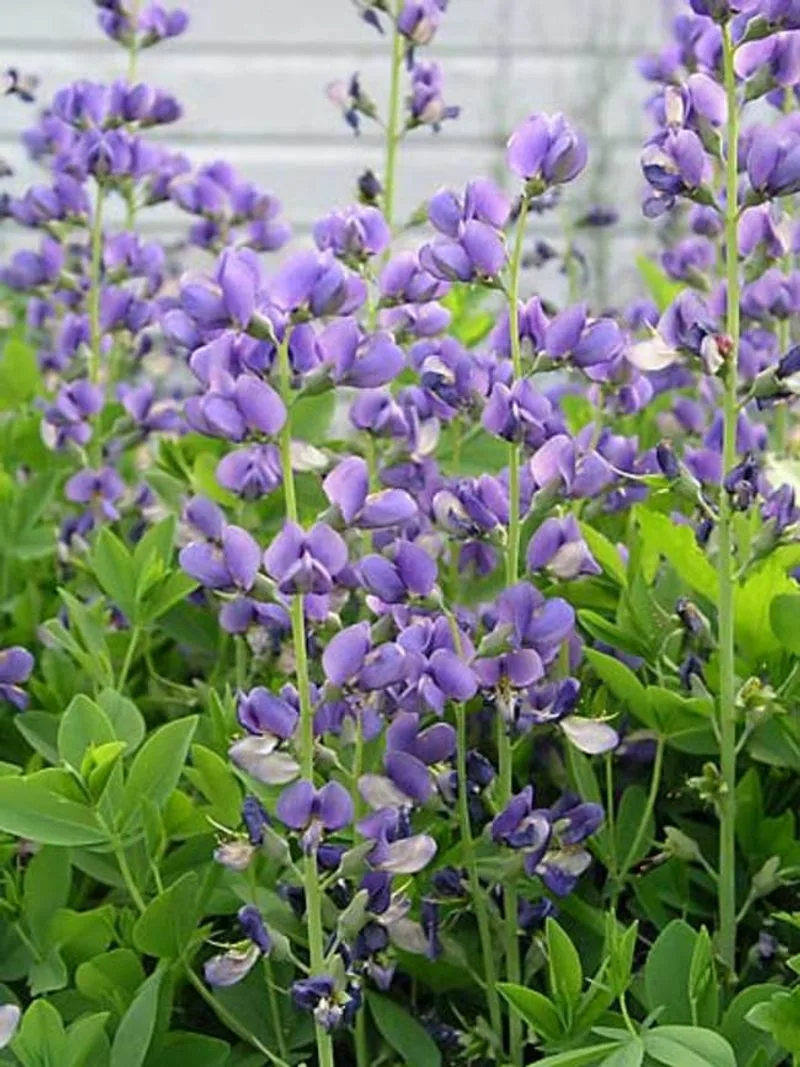
Baptisia, or false indigo, is appreciated for its pea-like flowers and bushy habitat. In the first years, it may appear sparse, but by year three, it boasts tall, elegant spikes of blue flowers.
These perennials are well-suited to sunny spots and poor soils, and they’re resilient against pests and diseases. Their deep roots stabilize the soil, making them an excellent choice for erosion control. Baptisia’s unique form and blue blooms add structural interest and color, contributing to its popularity in gardens.
Sedum
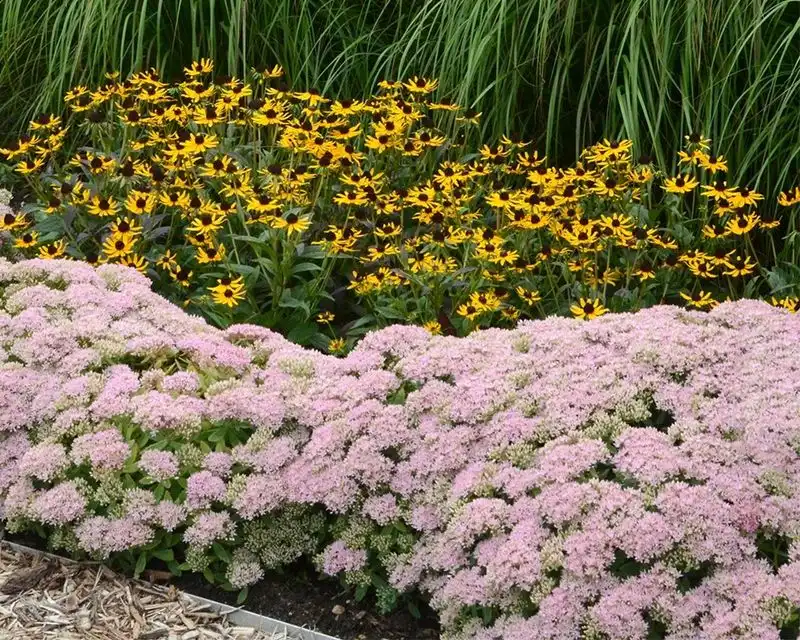
Sedums, also known as stonecrops, offer a delightful array of succulent foliage and star-shaped flowers. Initially subtle, by the third year, they form dense mats of color and texture, perfect for ground cover.
These drought-tolerant perennials thrive in sunny, rocky soils and require minimal maintenance. Sedums are ideal for those seeking a low-water garden solution. Their ability to attract butterflies and resist deer adds to their charm. The versatility and hardiness of sedums make them an indispensable choice for garden enthusiasts.
Ferns

Ferns add a touch of prehistoric elegance with their delicate fronds. Although they start slowly, by the third year, they create a lush, verdant carpet that transforms shaded areas.
These perennials thrive in moist, shaded environments and are perfect for adding texture and greenery to woodland gardens. Their ability to adapt to different conditions and their minimal care requirements make them a favorite among gardeners who appreciate their timeless beauty. Ferns offer a tranquil aesthetic, making them perfect for serene garden spaces.

